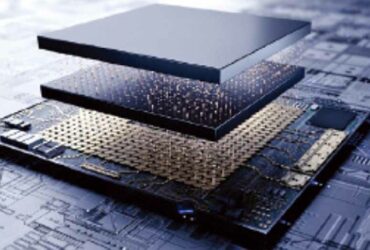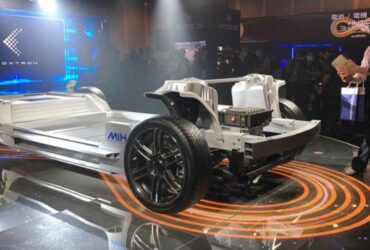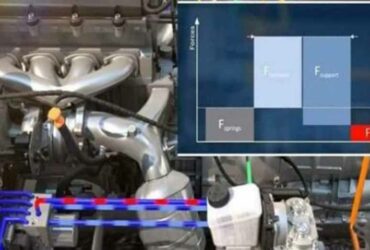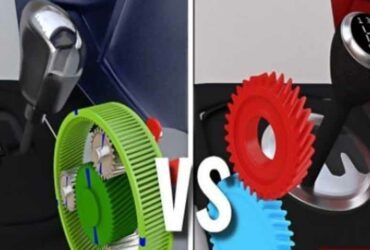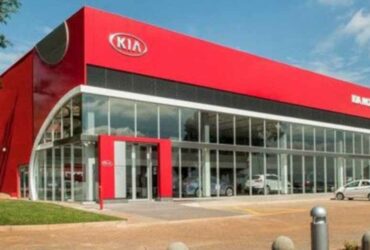Lately imported high-end cars are equipped with computer and control systems. Because it is possible, the points that should be studied in case of computer base failure are shown. The computer box known as the Engine Control Unit (ECU) is the Engine Control Module (ECM) or Powertrain Control Module (PCM). The data sent by the various sensors in the engine can be displayed on his monitor.
Based on the data obtained, it can control the speed of the engine and take new actions to make the car safer. The engine can reduce the smoke emission to a minimum. Various sensors that can send information to the computer are the oxygen sensor (Oxygen sensor); air pressure sensor (air pressure sensor), Every air temperature sensor (air temperature sensor), Throttle position sensor and knock sensor.
Using the information sent by those sensors, the computer uses the fuel injectors. Control components such as spark plugs Get the best out of the engine. These systems use electrical energy and magnetic energy to operate. It also lets the driver know about operating errors while driving through a check engine light. The car technician can know the exact problems in the car through the diagnostic code shown by the computer.
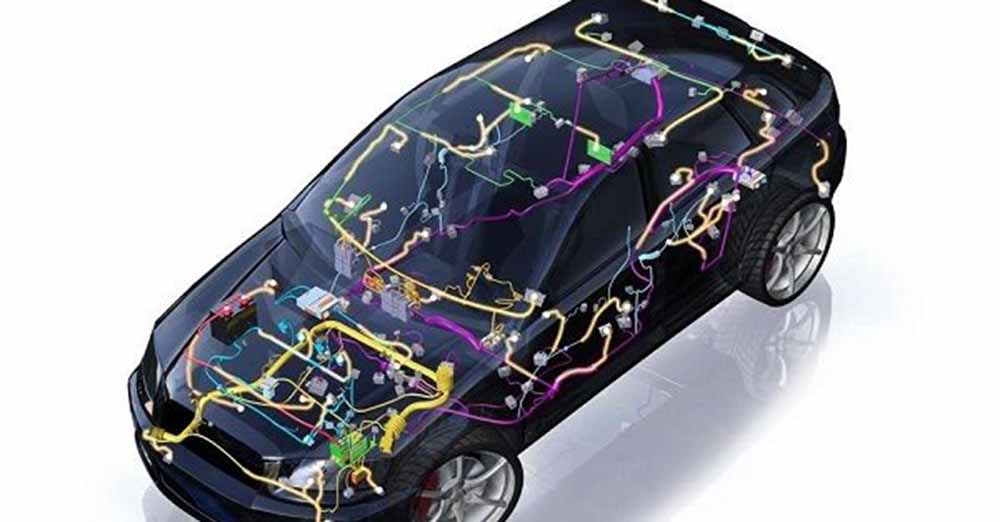
New technologies included in advanced car models are also computer controlled. For example, the automatic transmission system; Anti-lock Braking System (ABS) systems are computer controlled. The life-saving air bag system has a dedicated computer, and the computer controls the Cruise Control System, which can drive consistently and automatically according to one’s own speed. The first thing you can tell if the car computer box (ECM) is faulty is the warning light.
If the light comes on normally, the ECM can detect and locate the fault with the help of sensors and circuits. If the ECM itself is faulty, it may not display the correct codes or make a decision when connected to an external computer. Engine stalling or misfiring while driving is a common symptom of a malfunction in the ECM. A sudden drop in engine performance can also be caused by a faulty ECM. The oil supply system and the varmint are not correct and have the opposite effect.
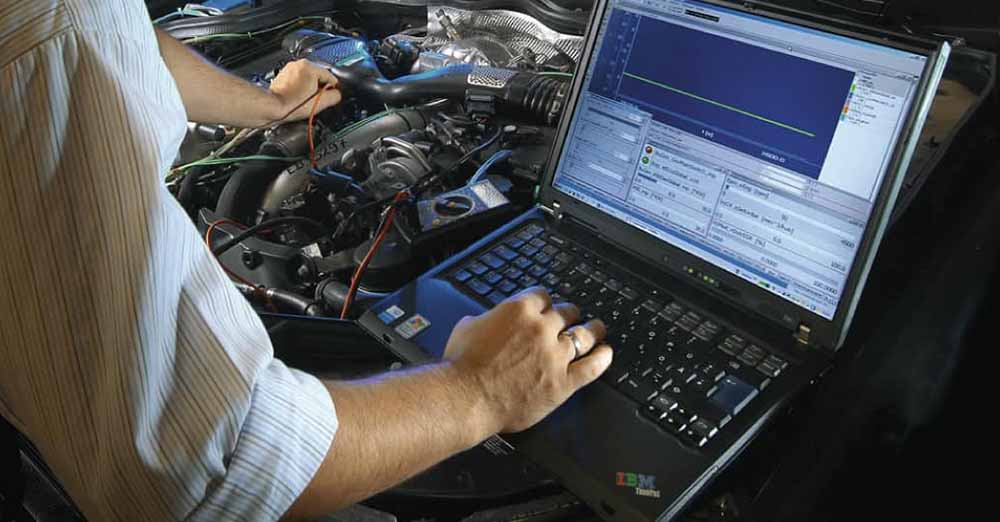
The efficiency of the gasoline is reduced and the engine power and speed are reduced. Another symptom of a faulty ECM is that the car won’t start or the car starts hard. This means that the ECM cannot control the engine to start. Those four points and the car’s computer box ECM can detect the malfunction and must be checked by a professional auto technician and replaced with a new ECM if necessary.
You can tell if there is a problem with the computer by flashing a computer-related light. In the event of an emergency far removed from the experts, there are a few basic things that a driver can check and fix. The first thing that can happen is that the car’s gas card is misplaced and you should try to get the gas card in a normal position.
The second possibility is that the battery cable that connects to the computer box is loose, and if the battery’s terminal and terminal are properly connected. The fire extinguished and the computer is known to be working normally. If the check light is still on, you have to continue checking, and the next step is to open the engine fuse box and check.
If the fuse is broken, the fuse must be reinserted in the broken place, and the location of the fuse installation is necessary. After checking and repairing, it is necessary to restart the car and wait about 10 minutes for the computer box ECU to work normally. After 10 minutes, the car is stopped and restarted again, it can start driving, and the ECU will receive new information and work normally.





